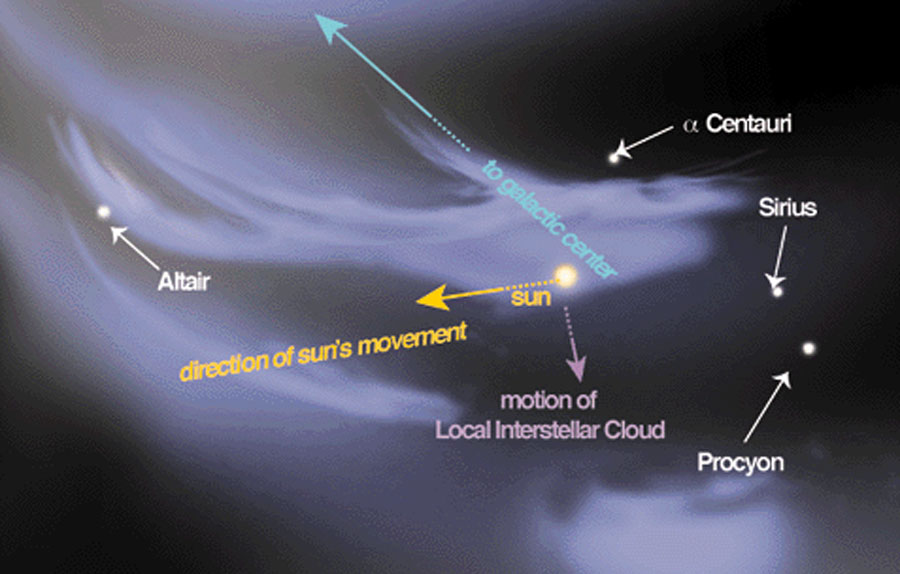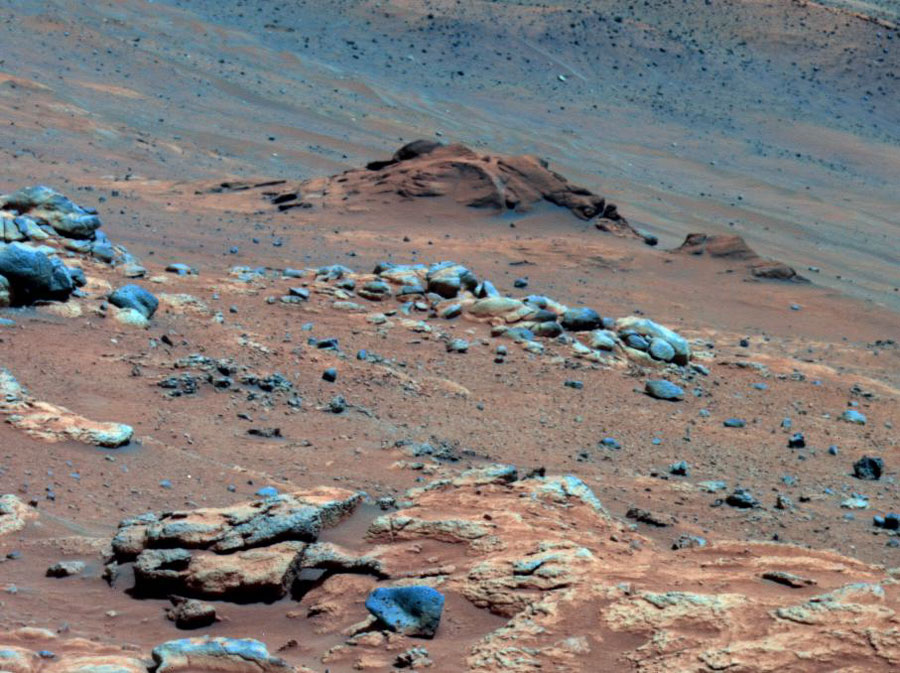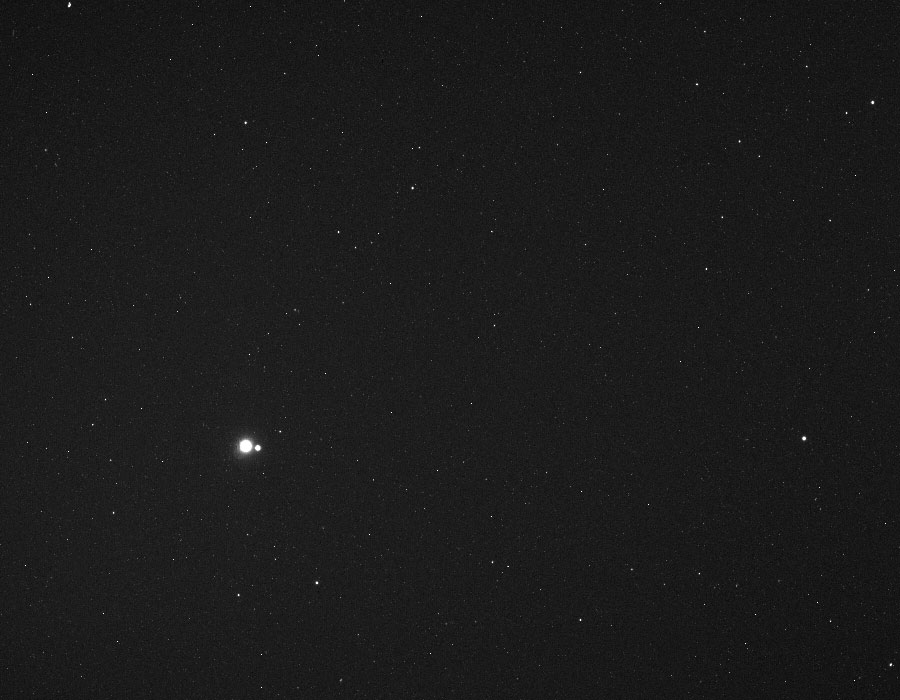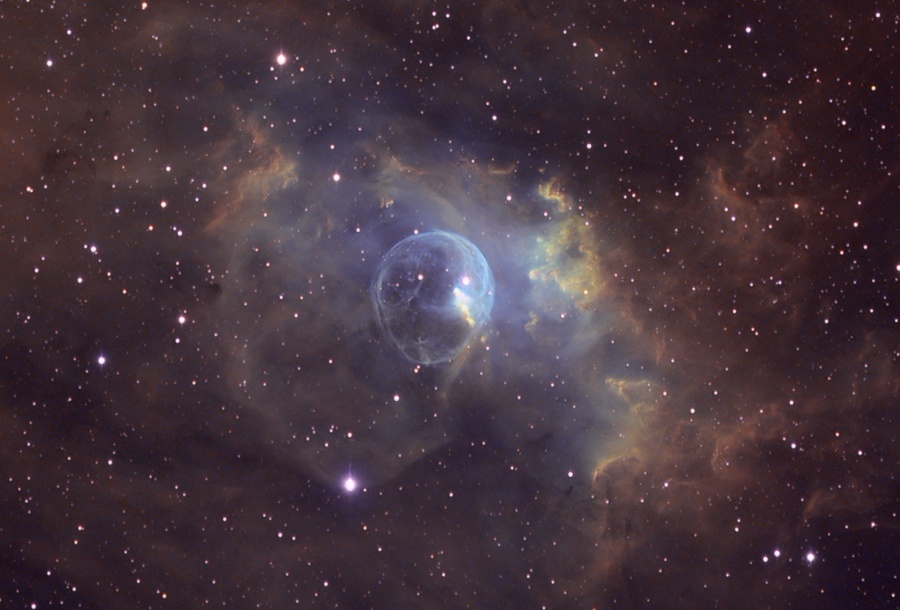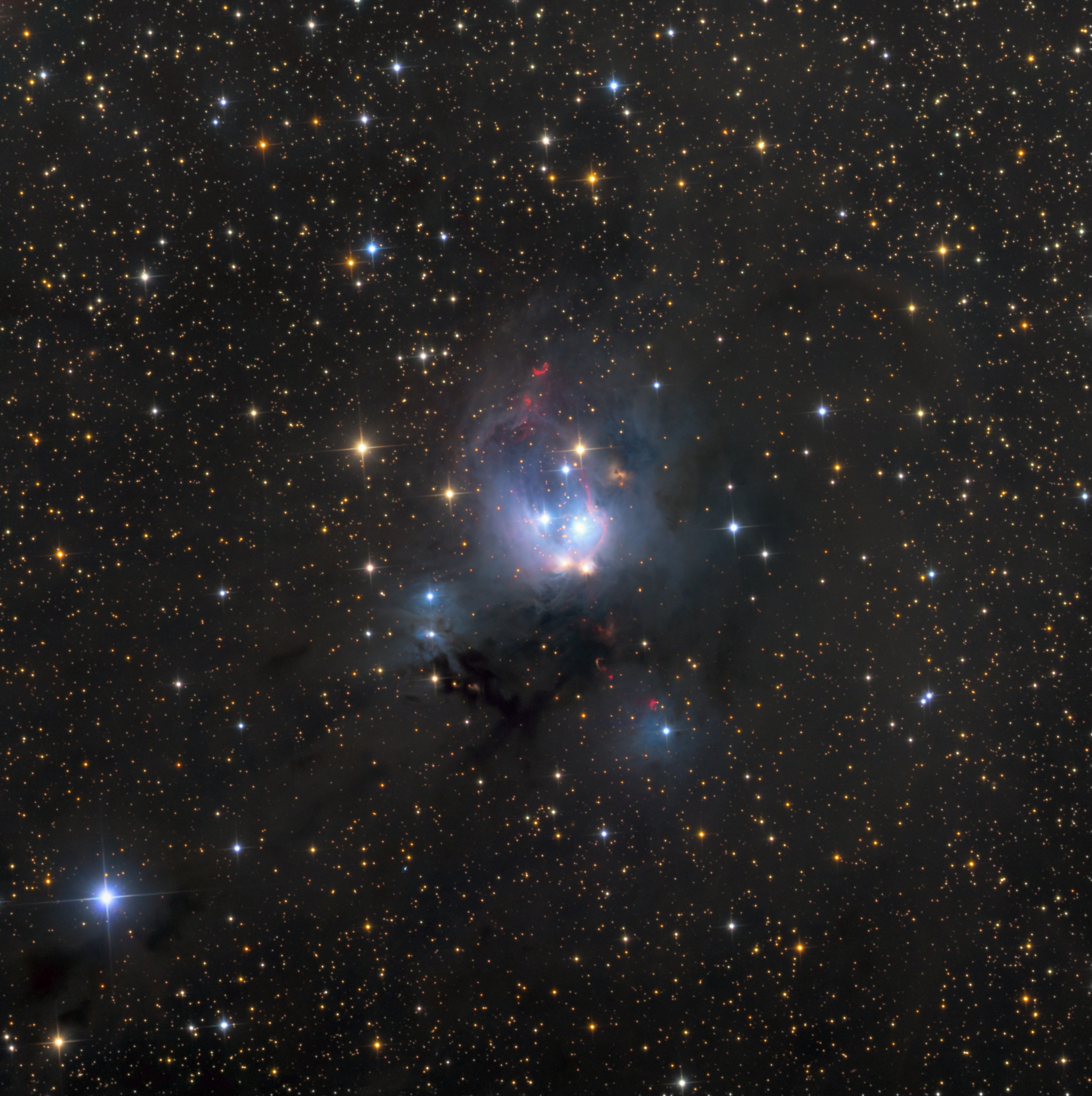______________________________________________________
Please vote for the TWO best Astronomy Pictures of the Day (image and text) of August 29 - September 4
(Repeated APODs are not included in the poll.)
All titles are clickable and link to the original APOD page.
We ask for your help in choosing an APOW, as this helps Jerry and Robert create "year in APOD images" review lectures, creates APOM polls that can be used to create a free PDF calendar at year's end, and provides feedback on which images and APODs were relatively well received. You can select two top images for the week.
Thank you!
______________________________________________________
<- Previous week's poll
The stars are not alone. In the disk of our Milky Way Galaxy about 10 percent of visible matter is in the form of gas, called the interstellar medium (ISM). The ISM is not uniform, and shows patchiness even near our Sun. It can be quite difficult to detect the local ISM because it is so tenuous and emits so little light. This mostly hydrogen gas, however, absorbs some very specific colors that can be detected in the light of the nearest stars. A working map of the local ISM within 10 light-years based on recent observations is shown above. These observations show that our Sun is moving through a Local Interstellar Cloud as this cloud flows outwards from the Scorpius-Centaurus Association star forming region. Our Sun may exit the Local Interstellar Cloud, also called the Local Fluff, during the next 10,000 years. Much remains unknown about the local ISM, including details of its distribution, its origin, and how it affects the Sun and the Earth.
Could life once have survived on Mars? Today, neither animal nor plant life from Earth could survive for very long on Mars because at least one key ingredient -- liquid water -- is essentially absent on the red planet's rusty surface. Although evidence from the martian rovers indicates that long ago Mars might once have had liquid water on its surface, that water might also have been too acidic for familiar life forms to thrive. Recently, however, a newly detailed analysis of an unusual outcropping of rock and soil chanced upon in 2005 by the robotic Spirit rover has uncovered a clue indicating that not all of Mars was always so acidic. The mound in question, dubbed Comanche Outcrop and visible near the top of the above image, appears to contain unusually high concentrations of elements such as magnesium iron carbonate. The above image is shown in colors exaggerated to highlight the differences in composition. Since these carbonates dissolve in acid, the persistence of these mounds indicates that water perhaps less acidic and more favorable for life might have once flowed across Mars. More detailed analyses and searches for other signs will surely continue.
The sky toward the center of our Galaxy is filled with a wide variety of celestial wonders, many of which are visible from a dark location with common binoculars. Constellations near the Galactic Center include Sagittarius, Libra, Scorpius, Scutum, and Ophiuchus. Nebulas include Messier objects M8, M16, M20, as well as the Pipe and Cat's Paw nebulas. Visible open star clusters include M6, M7, M21, M23, M24, and M25, while globular star cluster M22 is also visible. A hole in the dust toward the Galactic Center reveals a bright region filled with distant stars known as Baade's Window, which is visible between M7 and M8. Moving your cursor over the above image the will bring up an un-annotated version.
What does Earth look like from the planet Mercury? The robotic spacecraft MESSENGER found out as it looked toward the Earth during its closest approach to the Sun about three months ago. The Earth and Moon are visible as the double spot on the lower left of the above image. Now MESSENGER was not at Mercury when it took the above image, but at a location from which the view would be similar. From Mercury, both the Earth and its comparatively large moon will always appear as small circles of reflected sunlight and will never show a crescent phase. MESSENGER has zipped right by Mercury three times since being launched in 2004, and is scheduled to enter orbit around the innermost planet in March of 2011.
Blown by the wind from a massive star, this interstellar apparition has a surprisingly familiar shape. Cataloged as NGC 7635, it is also known simply as The Bubble Nebula. Although it looks delicate, the 10 light-year diameter bubble offers evidence of violent processes at work. Above and right of the Bubble's center is a hot, O-type star, several hundred thousand times more luminous and approximately 45 times more massive than the Sun. A fierce stellar wind and intense radiation from that star has blasted out the structure of glowing gas against denser material in a surrounding molecular cloud. The intriguing Bubble Nebula lies a mere 11,000 light-years away toward the boastful constellation Cassiopeia. A false-color Hubble palette was used to create this sharp image and shows emission from sulfur, hydrogen, and oxygen atoms in red, green, and blue hues. The image data was recorded using a small telescope under clear, steady skies, from Mount Wilson Observatory.
Portuguese navigator Ferdinand Magellan and his crew had plenty of time to study the southern sky during the first circumnavigation of planet Earth. As a result, two celestial wonders easily visible for southern hemisphere skygazers are known as the Clouds of Magellan. These cosmic clouds are now understood to be dwarf irregular galaxies, satellites of our larger spiral Milky Way Galaxy. The Small Magellanic Cloud actually spans 15,000 light-years or so and contains several hundred million stars. About 210,000 light-years away in the constellation Tucana, it is more distant than other known Milky Way satellite galaxies, including the Canis Major and Sagittarius Dwarf galaxies and the Large Magellanic Cloud. This sharp image also includes two foreground globular star clusters NGC 362 (bottom right) and 47 Tucanae. Spectacular 47 Tucanae is a mere 13,000 light-years away and seen here to the left of the Small Magellanic Cloud.
Young suns still lie within dusty NGC 7129, some 3,000 light-years away toward the royal constellation Cepheus. While these stars are at a relatively tender age, only a few million years old, it is likely that our own Sun formed in a similar stellar nursery some five billion years ago. Most noticeable in the sharp, (zoomable) image are the lovely bluish dust clouds that reflect the youthful starlight, but the smaller, deep red crescent shapes are also markers of energetic, young stellar objects. Known as Herbig-Haro objects, their shape and color is characteristic of glowing hydrogen gas shocked by jets streaming away from newborn stars. Ultimately the natal gas and dust in the region will be dispersed, the stars drifting apart as the loose cluster orbits the center of the Galaxy. At the estimated distance of NGC 7129, this telescopic view spans about 40 light-years.
<- Previous week's poll
Poll: Astronomy Picture of the Week for Aug 29 - Sept 4
Poll: Astronomy Picture of the Week for Aug 29 - Sept 4
A closed mouth gathers no foot.
-
Carlos Barreto
- Asternaut
- Posts: 2
- Joined: Sun Jan 24, 2010 1:31 pm
- Location: Rio de Janeiro - Brasil
- Contact:
Re: Poll: Astronomy Picture of the Week for Aug 29 - Sept 4
Congratulacoes pelo APOD!
